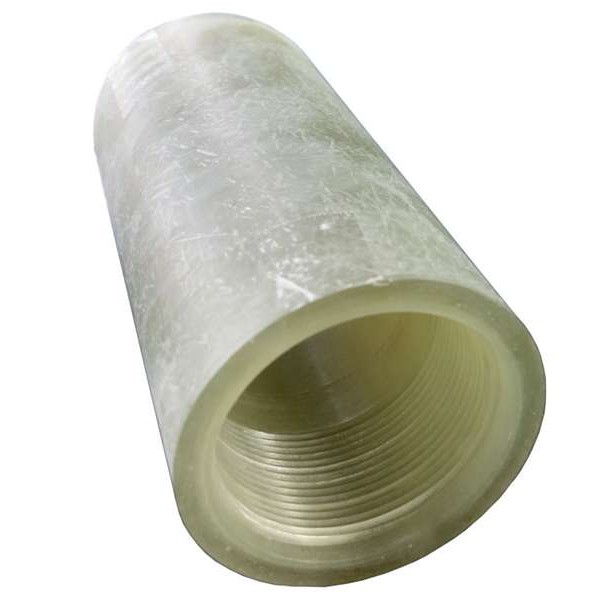fiberglass reinforced plastic tanks
Understanding Fiberglass Reinforced Plastic Tanks
Fiberglass reinforced plastic (FRP) tanks are increasingly being utilized across various industries due to their superior properties and advantages over traditional materials. These tanks, made from a combination of fiberglass and resin, offer a robust solution for storage, transport, and various applications where durability and corrosion resistance are paramount.
What are FRP Tanks?
Fiberglass reinforced plastic tanks are composed of a base material—plastic reinforced with glass fibers. This combination results in a lightweight, yet extremely strong product. The fiberglass acts as a reinforcement that provides the structural strength, while the resin binds the fibers together and protects them from environmental exposure. This composite material provides excellent resistance to chemicals, making FRP tanks ideal for storing corrosive substances like acids, bases, and other hazardous materials.
Benefits of FRP Tanks
1. Corrosion Resistance One of the most significant advantages of FRP tanks is their resistance to corrosion. Traditional materials like steel and concrete often deteriorate when exposed to harsh chemicals and environmental conditions. In contrast, FRP tanks can withstand various aggressive substances, making them suitable for use in chemical processing industries, wastewater treatment facilities, and agricultural applications.
2. Lightweight and Durable FRP tanks are considerably lighter than their metal or concrete counterparts. This lightweight nature not only eases the installation process but also reduces transportation costs. Despite their light weight, FRP tanks boast high tensile strength, enabling them to handle significant stress without cracking or breaking.
3. Customizable Designs FRP tanks can be manufactured to suit specific needs. They can be tailored in terms of size, shape, and structural design to meet the requirements of various applications. This flexibility allows industries to optimize their operations based on available space and specific functional requirements.
4. Cost-Effectiveness While the initial investment in fiberglass tanks may be higher than traditional materials, the long-term benefits outweigh the costs. Due to their durability and low maintenance requirements, FRP tanks can lead to significant savings over time by reducing replacement and repair expenses.
fiberglass reinforced plastic tanks

5. Environmental Benefits The production and use of FRP tanks can have a lower environmental impact compared to traditional materials. For example, they can be made from recycled materials and are often manufactured with processes that consume less energy. Their corrosion resistance also means that they are less likely to leach harmful substances into the environment.
Applications of FRP Tanks
FRP tanks are widely used in various industries due to their unique properties. Some common applications include
- Chemical Processing Due to their excellent chemical resistance, FRP tanks are ideal for storing chemicals, acids, and bases in chemical processing plants.
- Water and Wastewater Treatment FRP tanks are used in the treatment of water and wastewater, where they can handle corrosive and abrasive materials efficiently.
- Food and Beverage Industry These tanks can be used for storing food-grade materials, as they do not react with most substances and can maintain the integrity of the stored products.
- Oil and Gas FRP tanks are utilized in the oil and gas industry for storage solutions due to their resistance to hydrocarbons and various chemicals used in the extraction and processing of oil.
Conclusion
In conclusion, fiberglass reinforced plastic tanks are an essential component in modern industry. Their unique combination of lightweight design, strength, corrosion resistance, and cost-effectiveness makes them a superior choice for a variety of applications. As the demand for durable and reliable storage solutions continues to rise, FRP tanks will likely play an increasingly vital role in shaping the future of industrial storage solutions. Industries seeking efficiency, longevity, and environmental responsibility will find that FRP tanks meet and exceed their requirements.
Latest news
-
Oblate Tanks: Space-Saving, Durable Liquid Storage SolutionsNewsAug.27,2025
-
High-Performance Piping System Solutions for Industry & Commercial UseNewsAug.26,2025
-
Precision Fittings: Durable & Reliable Industrial & Plumbing SolutionsNewsAug.25,2025
-
Practical Steps: Unlock Success with Our Proven GuidesNewsAug.24,2025
-
Transport Tanks: Safe, Durable & Efficient Liquid HaulingNewsAug.23,2025
-
High-Quality Piping Systems for Efficient Flow & DurabilityNewsAug.22,2025











